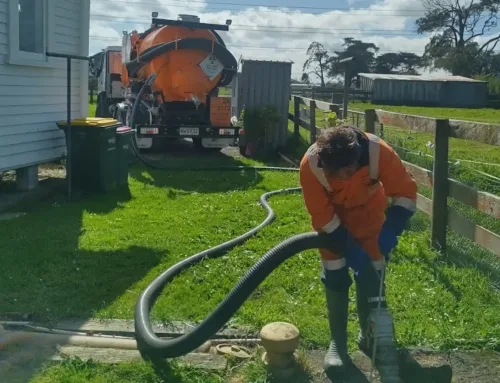8 Easy Facts About Reclaim Waste Explained
Table of ContentsThe Reclaim Waste DiariesThe 6-Second Trick For Reclaim WasteThings about Reclaim WasteThe Basic Principles Of Reclaim Waste Reclaim Waste Fundamentals Explained
Explore the kinds, incidents, and forms of fluid waste. Domestic sewage waste describes the waste and items from a residential sewage-disposal tank. This kind of waste is produced by humans in residences, schools, and other structures. This only includes septic tanks that have a drain field. The proper management and disposal of domestic sewer waste need fluid waste to be moved to a sewage treatment plant where the proper approaches and devices are put on cleanse and dispose of waste.
Industrial waste frequently includes prospective hazards, such as combustible products or a blend of fluid and strong waste items, and calls for a more sophisticated and comprehensive disposal procedure. The disposal of industrial waste generally entails the filtering of waste before transportation to guarantee risk-free and proper disposal. Hazardous waste is created from by-products and runoff of industrial processes and manufacturing.
This type of waste can not utilize the very same sewage administration transport or procedures as septic or commercial liquids. The commercial waste management procedure needs the inspection and screening of fluid waste prior to it undergoes the disposal process (liquid waste removal). Drainage waste is the fluid waste that originates from drainage and excess stormwater in very inhabited locations or cities
Runoff waste can create contamination and flooding if not taken care of effectively. Guaranteeing correct waste monitoring can avoid catastrophes and minimize environmental harm.
How Reclaim Waste can Save You Time, Stress, and Money.
Get in touch with PROS Services today to learn more about our waste monitoring and disposal solutions and the proper means to care for the liquid waste you generate.
(https://www.imdb.com/user/ur191403836/?ref_=nv_usr_prof_2)Do you recognize what occurs to your water when you disengage, flush the toilet or drain pipes the cleaning equipment? No? Well, it's worth knowing. This so-called 'wastewater' is not just a vital resource yet, after treatment, will be released to our land, rivers or the sea. Made use of water from commodes, showers, bathrooms, cooking area sinks, washings and commercial procedures is recognized as wastewater.

water used to cool down machinery or tidy plant and equipment). Stormwater, a kind of wastewater, is runoff that streams from farming and metropolitan locations such as roofs, parks, gardens, roadways, courses and seamless gutters right into stormwater drains pipes, after rain. Stormwater streams without treatment directly to neighborhood creeks or rivers, eventually reaching the ocean.
Some Ideas on Reclaim Waste You Should Know
In Queensland, a lot of wastewater is treated at sewage treatment plants. Wastewater is moved from residential or commercial websites with a system of sewers and pump stations, recognized as sewage reticulation, to a sewage treatment plant.
The Division of Natural Resources encourages neighborhood federal governments regarding managing, operating and maintaining sewage systems and treatment plants. In unsewered areas, local federal governments might call for homeowners to install individual or house sewage treatment systems to treat residential wastewater from toilets, cooking areas, restrooms and laundries. The Department of Natural Resources authorises using house systems when they are confirmed to be efficient.
In some new neighborhoods, treatment of some stormwater to eliminate clutter, sand and gravel has actually started using gross toxin traps. Wastewater treatment occurs in 4 phases: Removes strong issue.
Wastewater then streams into large storage tanks where solids settle and are eliminated as sludge. Oil and residue are skimmed from the surface. Makes use of tiny living microorganisms called micro-organisms to break down and eliminate staying dissolved wastes and great fragments. Micro-organisms and wastes are integrated in the sludge. Eliminates nitrogen and phosphorus nutrients that might my explanation cause algal blooms in our waterways and endanger marine life.
Reclaim Waste Things To Know Before You Get This
Nutrient removal is not readily available at all sewage treatment plants since it requires expensive specialist tools. Clear fluid effluent created after therapy might still consist of disease-causing micro-organisms - liquid waste disposal melbourne.

This normally implies wastewater needs to be treated or contaminants removed prior to it can be released to rivers. Many wastewater streams into the sewerage system. Under the Act, city governments carry out authorizations and licences for environmentally relevant activities (ERAs) involving wastewater releases that could have a neighborhood influence. The department provides approvals and licences to Ages entailing wastewater releases that may have a local or statewide impact.
The Ultimate Guide To Reclaim Waste
Surveillance offers accurate details about water high quality and can validate that permit conditions are being fulfilled. The details obtained through tracking supplies the basis for making water high quality decisions.